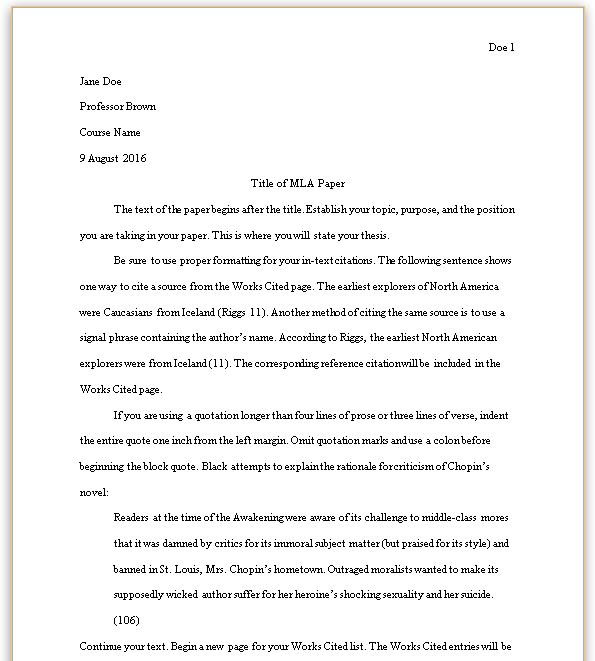Gastrointestinal care, tube feeding, and nutritional instructions:
- Which fluid should the nurse order from the diet kitchen for a client who has undergone gastrointestinal surgery and is permitted a clear liquid diet?
- Answer: c. Chicken broth
- Explanation: A clear liquid diet consists of fluids that are transparent and leave no residue in the gastrointestinal tract. Clear broth, tea, cranberry juice, and popsicles are typically allowed on a clear liquid diet. However, apricot nectar is not clear and could contain pulp, making it unsuitable for this diet.
- What instruction should the nurse include in the delegation for unlicensed assistive personnel (UAP) feeding breakfast to older clients with alterations in mobility and orientation?
- Answer: d. Engage the client in conversation during the meal.
- Explanation: Engaging the client in conversation helps stimulate appetite and promotes a pleasant mealtime environment, especially for older clients. The other options are either inappropriate or not as beneficial for the client’s well-being.
- What action should the nurse take in regard to the delegation of tube feeding to a specially trained UAP?
- Answer: b. Check the tube for placement.
- Explanation: Before any tube feeding, it is essential to confirm the correct tube placement to prevent aspiration. The nurse should always verify the tube placement, as the UAP may not have the authority to perform this check.
- What action should the nurse take when noticing that the client’s continuous open system tube-feeding set is almost empty?
- Answer: c. Wash out the set and add new feeding.
- Explanation: If the open system tube-feeding set is almost empty, the nurse should wash out the set and replace the feeding. Using a closed system is also an option but was not the most immediate action required.
- What should the nurse do when the client begins to gag and cough as the nasogastric tube is passed into the oropharynx?
- Answer: b. Give the client a few sips of water.
- Explanation: Gagging and coughing often indicate discomfort or mild irritation in the throat. Allowing the client to sip water helps calm the reflex and may help with passing the tube more easily.
- What should the nurse do first when the tube-fed client has shallow breathing and dusky color while the feeding is running at the prescribed rate?
- Answer: b. Turn off the tube feeding.
- Explanation: Shallow breathing and dusky color may indicate aspiration or a respiratory issue, so the first action is to turn off the feeding to prevent further complications and ensure the client’s safety.
- What should the nurse instruct a client with elevated cholesterol levels regarding foods to avoid?
- Answer: b. Milk, c. Liver, e. Egg yolk.
- Explanation: Milk, liver, and egg yolks are high in cholesterol and should be limited or avoided in a diet designed to manage elevated cholesterol. Fish and chicken are lower in cholesterol and are generally healthier options.
- What should the nurse instruct a client with a negative nitrogen balance?
- Answer: c. Discuss ways to increase protein in the diet.
- Explanation: A negative nitrogen balance typically indicates protein deficiency. Increasing protein intake helps promote tissue repair and recovery, which is critical for clients in this condition.
- How should the nurse respond when a client asks about selecting good and bad foods?
- Answer: a. Eat a wide variety of foods to furnish adequate nutrients.
e. Eat moderately to maintain correct body weight. - Explanation: A balanced diet with a variety of foods provides the essential nutrients needed for health, and moderation is important for maintaining a healthy weight.
- Answer: a. Eat a wide variety of foods to furnish adequate nutrients.
- What should be included in teaching a client who is underweight?
- Answer: a. Discuss factors contributing to inadequate nutrition and weight loss. b. Discuss ways to manage, minimize, or alter the factors contributing to malnourishment. d. Provide information about community agencies that can assist in providing food. e. Provide information about ways to increase calorie intake.
- Explanation: For clients who are underweight, it’s essential to address the factors contributing to poor nutrition and weight loss. Additionally, offering strategies to increase calorie intake and resources like community assistance can help improve the client’s nutritional status.
- What actions would be appropriate for improving the appetite of a client?
- Answer: a. Select small portions. b. Avoid unpleasant treatments immediately before or after a meal. c. Ensure a clean environment free of unpleasant sights and odors. d. Encourage oral hygiene before a meal.
- Explanation: Small portions help clients feel less overwhelmed by large meals, and a clean environment, along with good oral hygiene, can improve the dining experience and stimulate appetite. Avoiding unpleasant treatments helps the client feel more comfortable during mealtime.
- What should the nurse do before providing a feeding through a gastrostomy tube?
- Answer: a. Assess tube placement.
- Explanation: Before administering a feeding through a gastrostomy tube, it is critical to check the placement of the tube to ensure that the feeding is directed to the stomach and not the lungs, which could cause aspiration.
- What liquids are typically included in a clear liquid diet?
- Answer: A clear liquid diet includes clear broth, tea, cranberry juice, Jell-O, and popsicles. These liquids are transparent and leave no residue, which makes them suitable for clients who are recovering from surgery or gastrointestinal issues.
By following these guidelines and making appropriate nursing interventions, nurses can effectively care for clients undergoing gastrointestinal procedures and manage their nutritional needs.
Don't use plagiarized sources. Get Your Custom Essay on
Gastrointestinal care, tube feeding, and nutritional instructions:
Just from $13/Page


